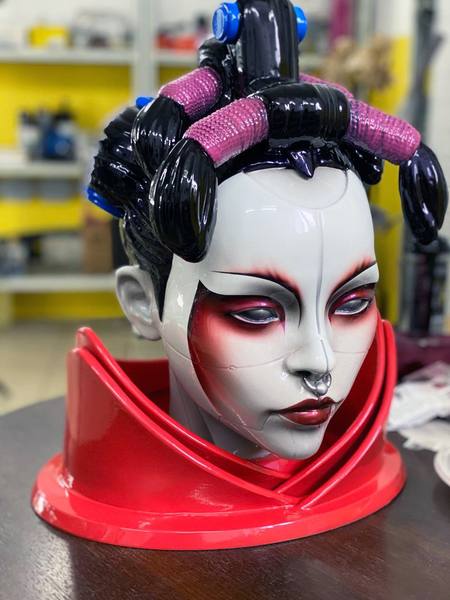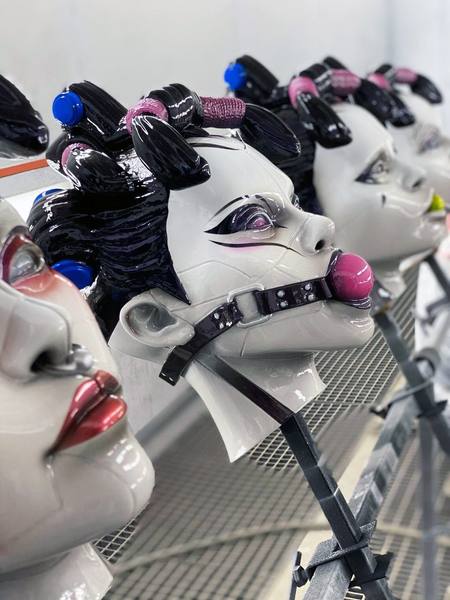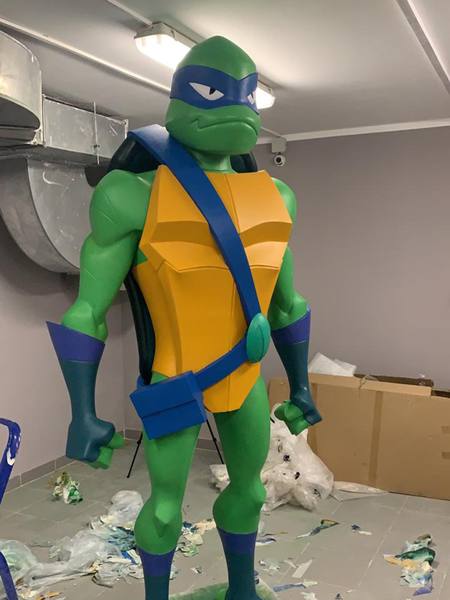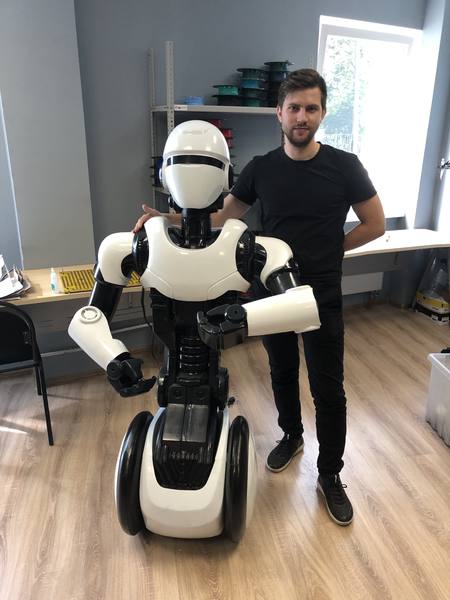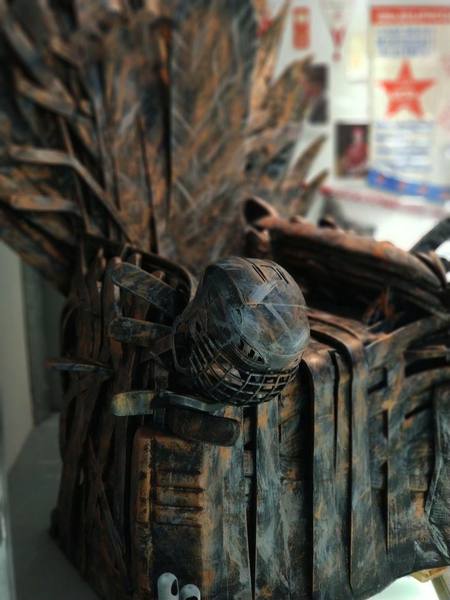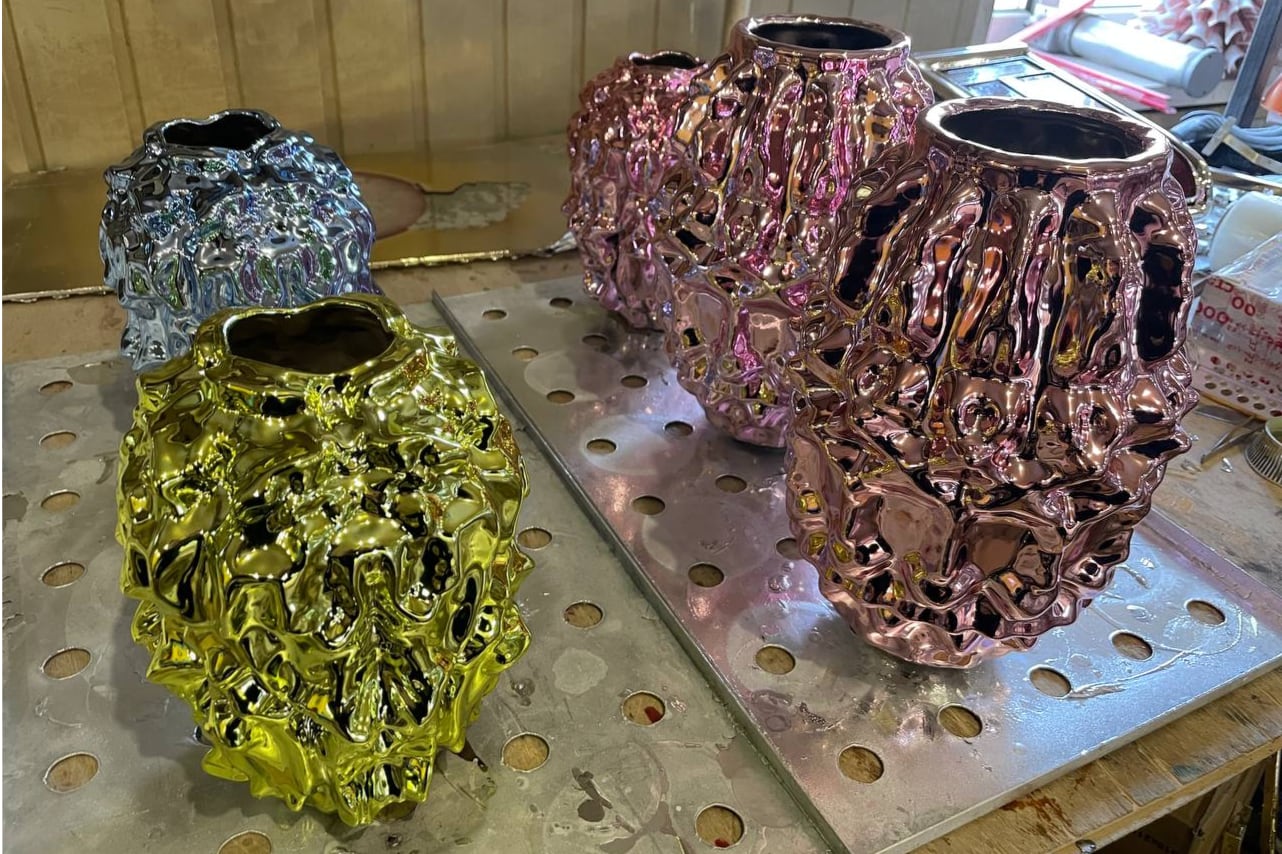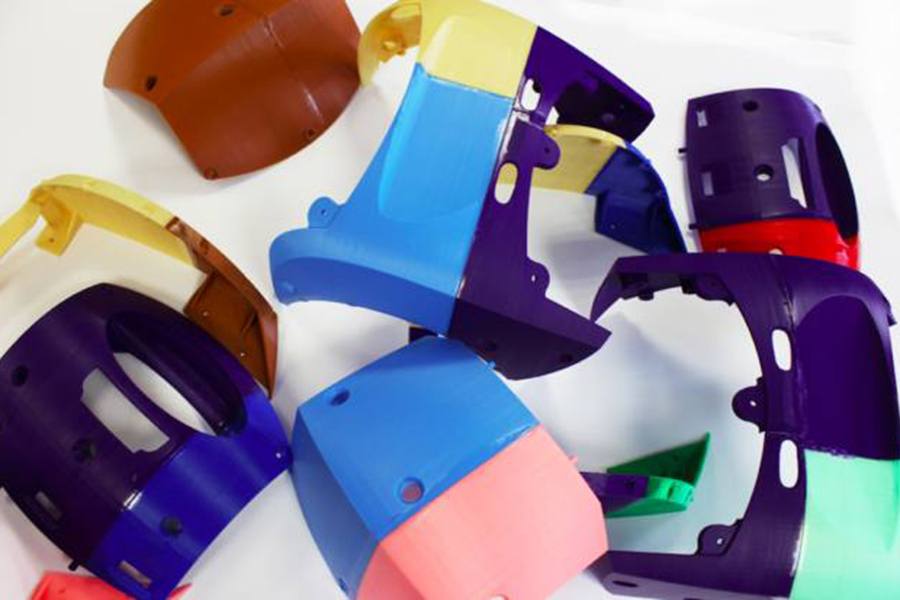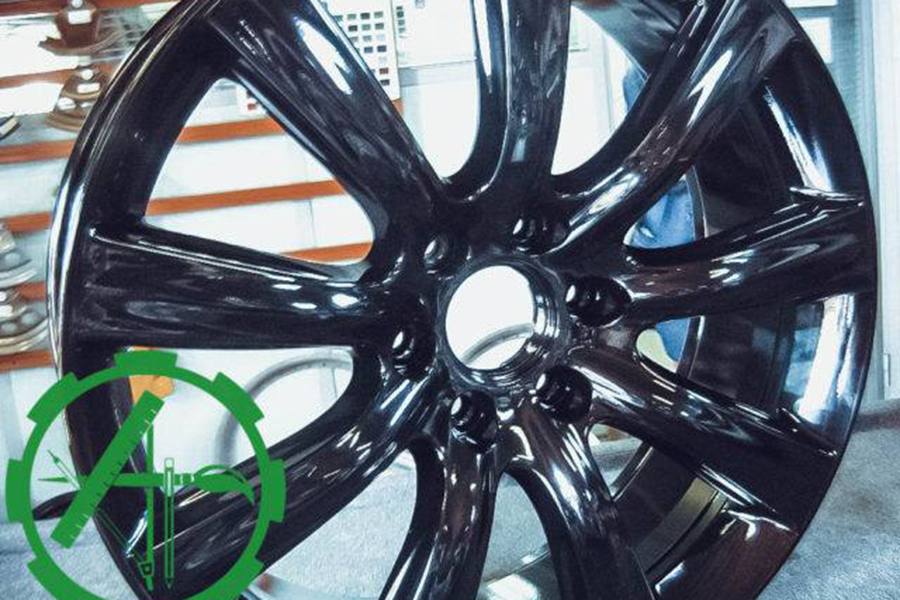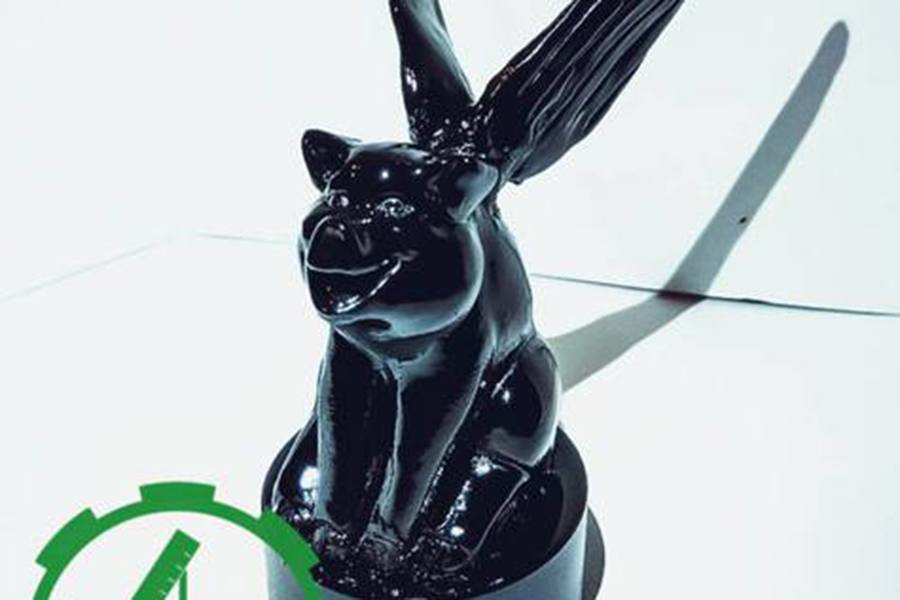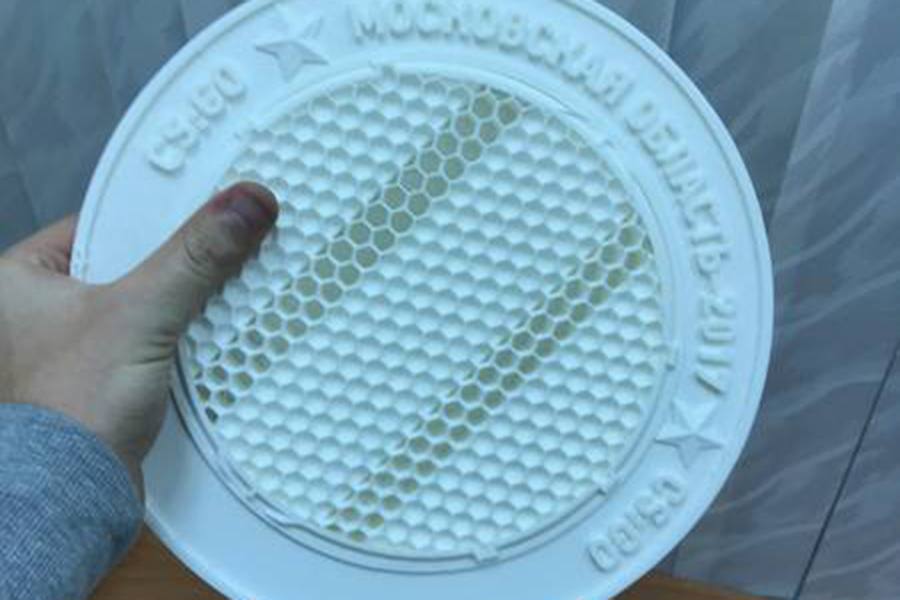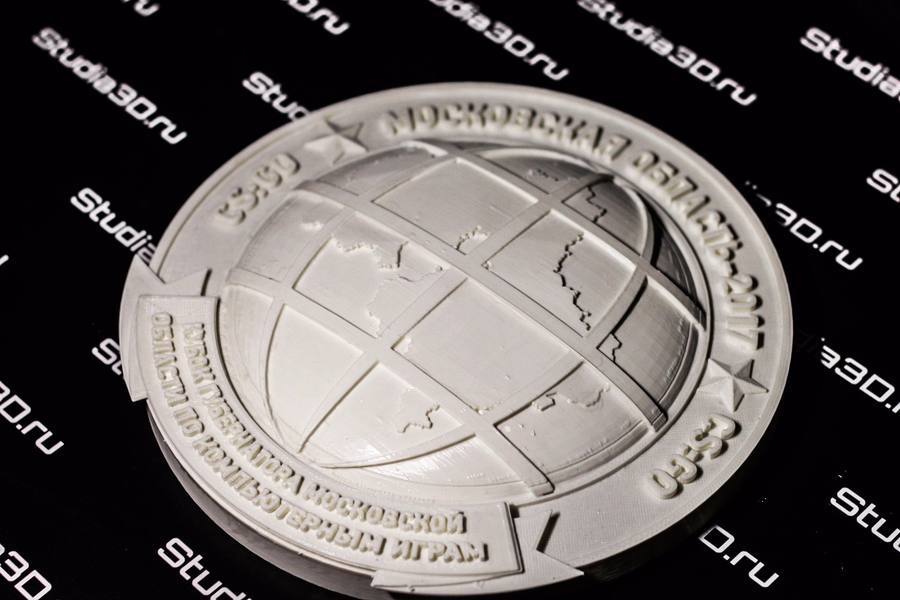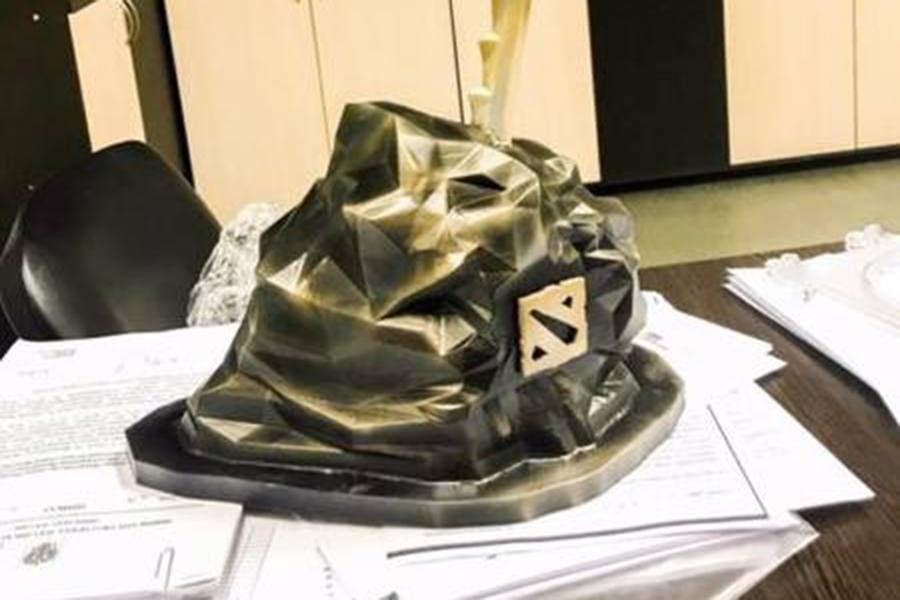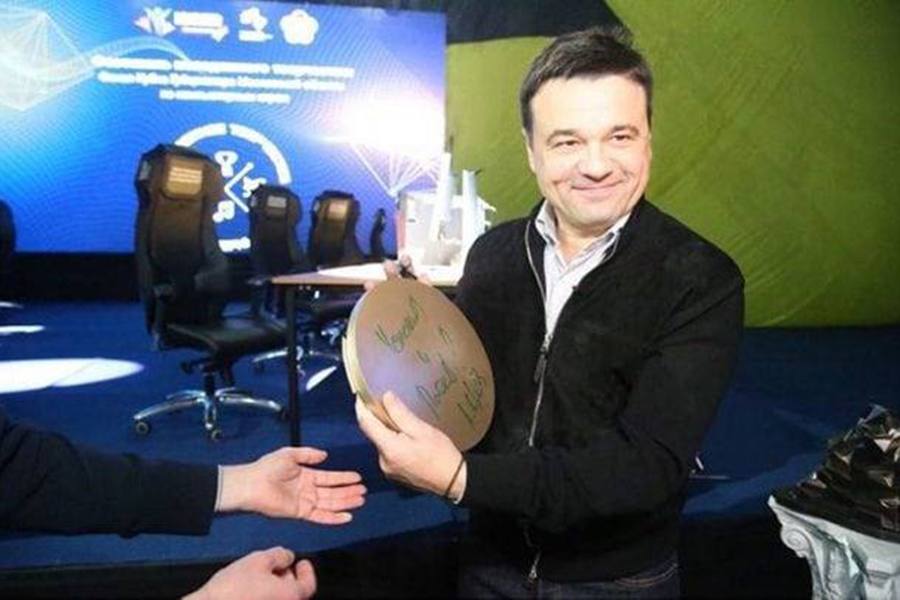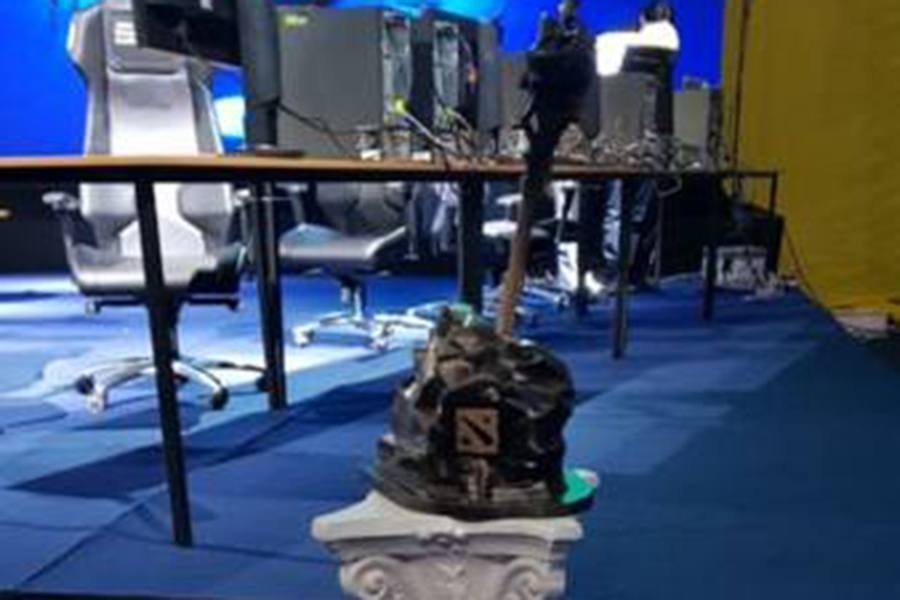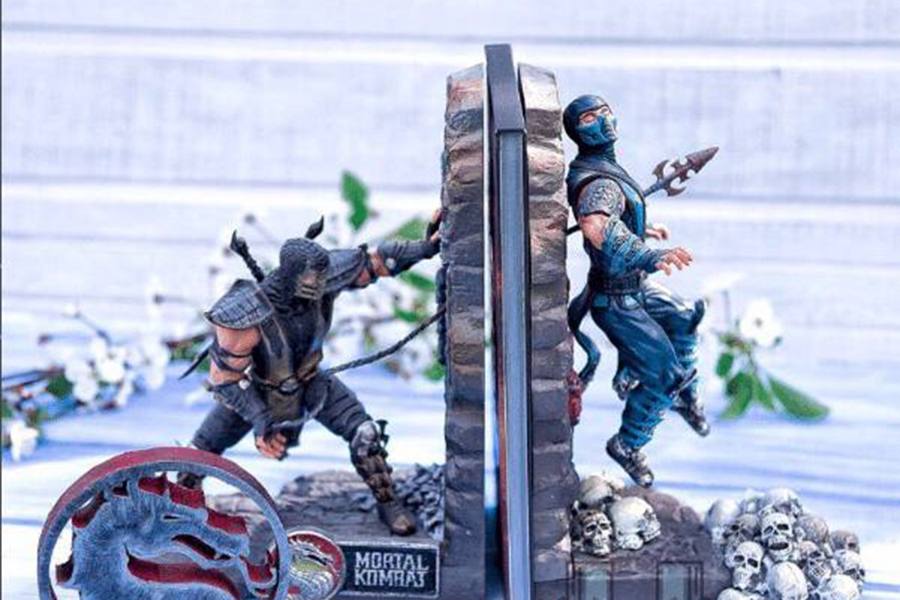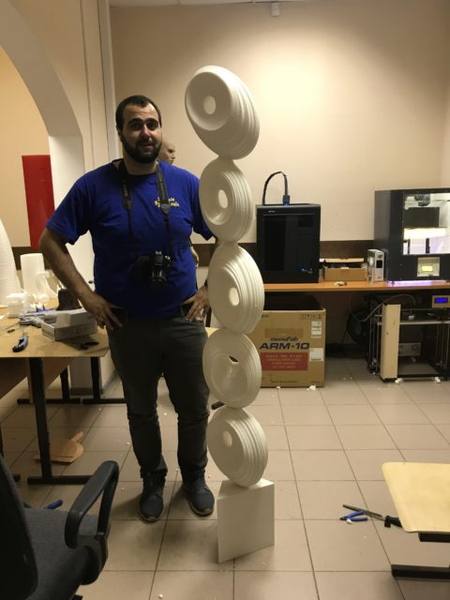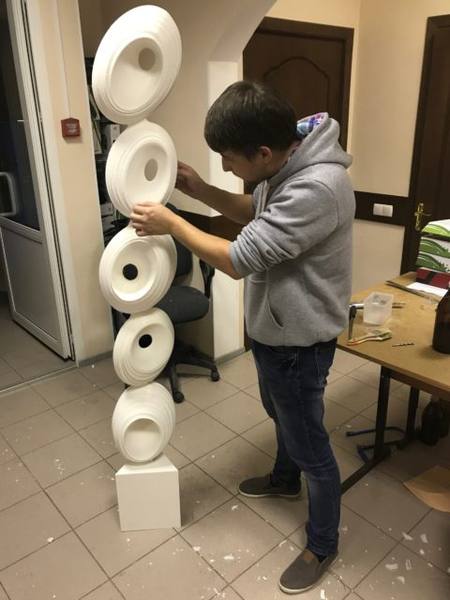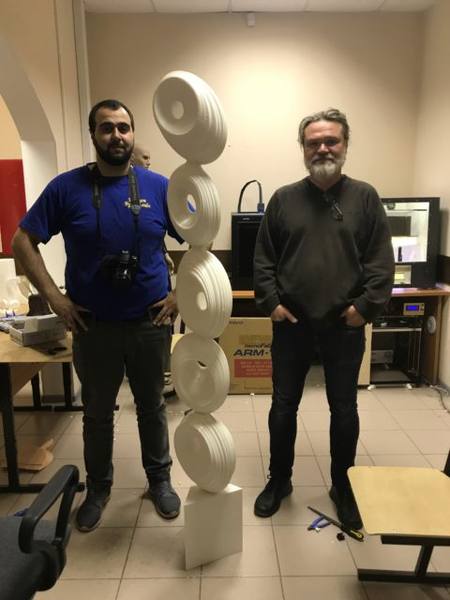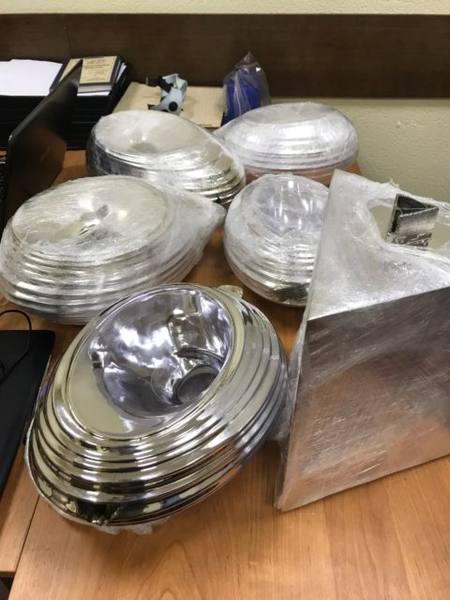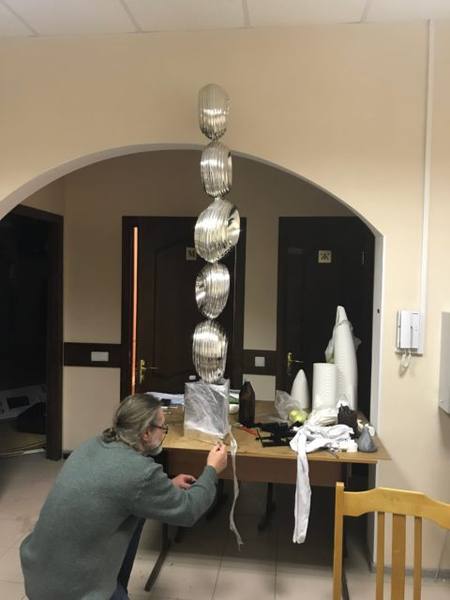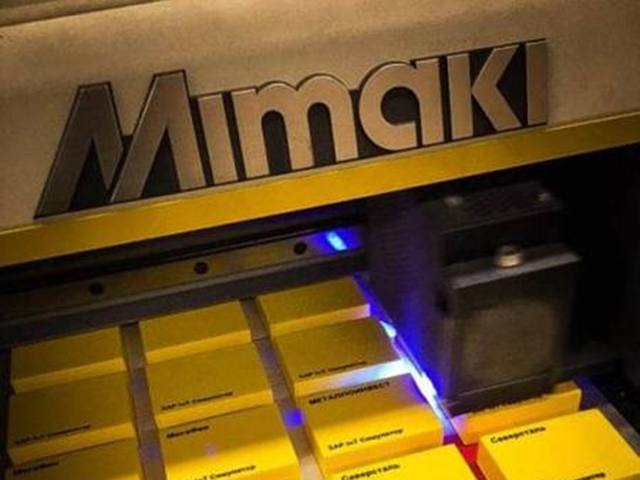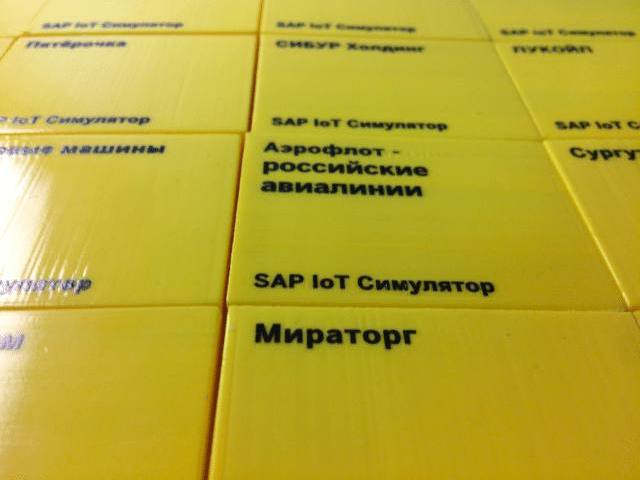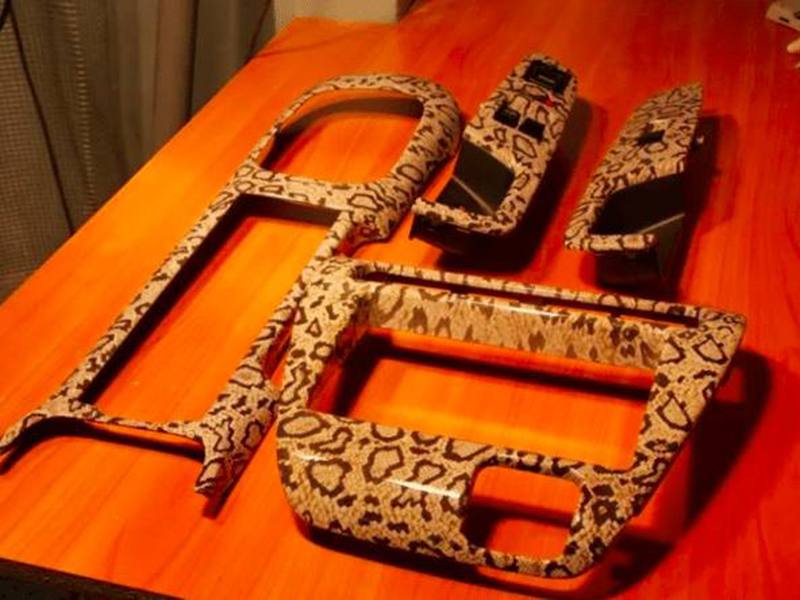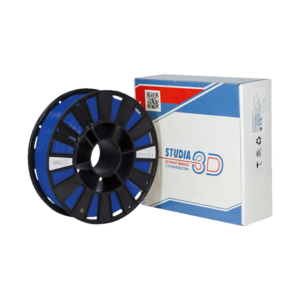
Painting parts after 3D printing
ORDER 3D PRINTWhy do you need painting?
Despite the rapid development of technology and the continuous improvement of 3D printers, not every detail that comes out of the machine can be considered a finished product. We all need to understand very well what the layer height or the positioning accuracy of the extruder is. It is they who determine the surface roughness.
Who is painting suitable for?
In accordance with the customer's specifications or the impossibility of using a naturally rough part, in addition to glossing, we use painting. This method is also suitable for those who want to get a part in color, but the use of gypsum 3D printing does not meet the strength requirement.
Work examples:
Types of jobs:
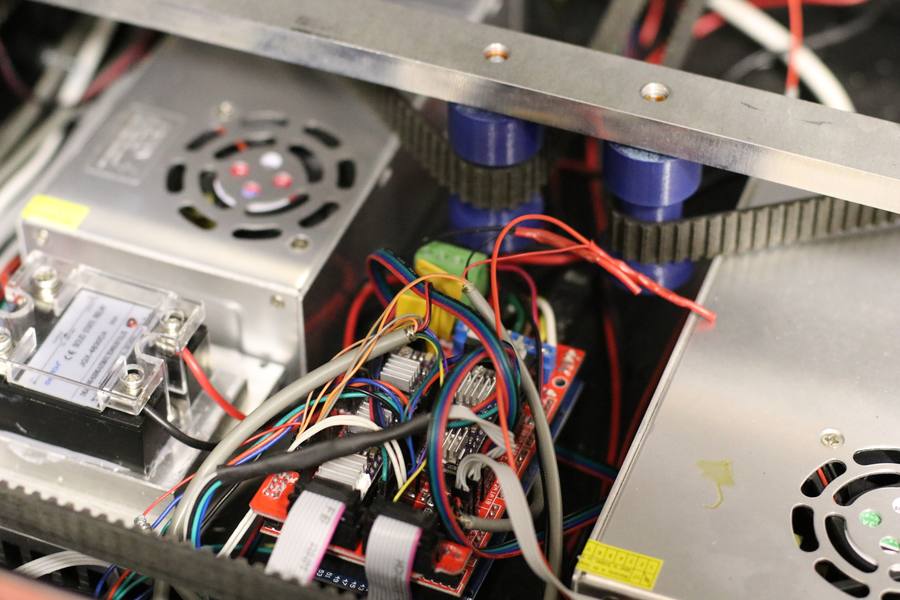
Auto enamel
Hand painted
Silver oxide
Etching
UV printing
Aquaprint
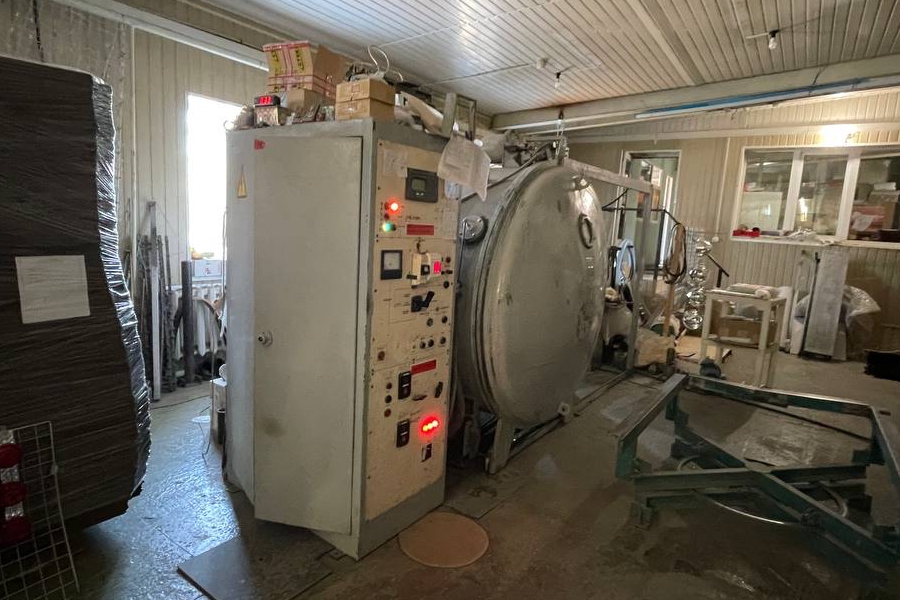
Chrome plated with aluminum
Painting and chrome plating with aluminum of products after 3D printing will allow you to achieve a unique quality of product performance. Modern materials will keep the original appearance of the product for a long time!
More about production "Auto enamel
I'll start with the simplest, but most common method - painting with auto enamel. This type of painting is good because it is possible to use almost all types of plastics.
With this method, you can easily get rid of seams and joints after soldering process.
You can paint an unprepared surface after three-dimensional printing, both in the photo above and the surface after processing (photo below).
In this type of painting, as in the next one, an airbrush and an airbrush are used. The latter allows you to apply autoenamel with the precision of a manual brush.
Competent combination of spray gun and airbrush allows you to apply very complex patterns.
See examples of workAs an example, I will describe below our process of preparing awards for competitions in e-sports (Cup of the Governor of the Moscow Region in e-sports).
The photo that was printed.
Surface treatment and painting.
It should be noted that the Governor of the Moscow Region - A. Yu. Vorobyov personally signed the gifts.
Hand painted
On the example of painting a figurine (photo on the right), 50 cm high, one can observe the accuracy and clarity of all lines. The figurine was printed with a layer height of 0,2 mm. However, as you can see, there is not even a trace left of the layers, and the varnish gives a sense of depth.
View an example
Silver oxide
Now we turn to the expensive type of painting - silver oxidation. In fact, as in the case of painting car enamel, you can use almost any material.
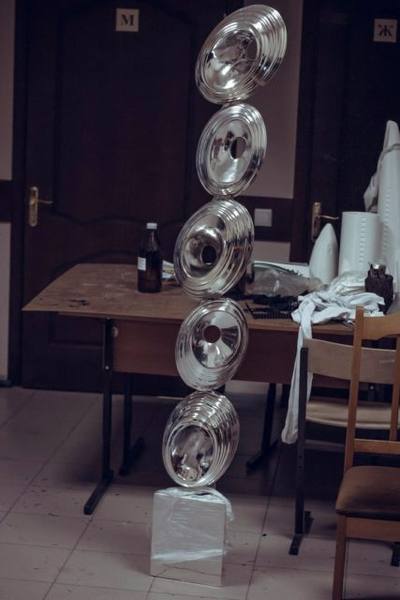
The most important condition is impermeability, therefore, when printing with a small Infill, it is necessary to install a thick wall. The output is parts, quality moldings or nameplates on cars. The most interesting thing is that you can paint parts without size restrictions.
An example of one of the orders for sculptor designers:
We print the PLA parts with plastic.
Unlike painting with auto enamel, oxidation requires a very meticulous surface treatment in painting. Any minimal unevenness will appear on the semi-mirrored surface. In order to have less processing work, the best thing is to set a high-quality print initially. After oxidation, we get something like the following at the output:
After oxidation, we also give our customers the "potal" along with the parts. God forbid they hit or scratch somewhere, it will be possible to partially repair it.

Etching
In the case of polyamide, the situation is as follows: the polyamide itself in print has only white color. To give the finished part the desired color, it must be etched in a special. solution. The paint eats into the part approximately 1 mm deep. This must be borne in mind if the part will work in friction mode. The photopolymer is painted in the same mode, only the solution and modes differ there.
UV printing
The ideal solution when precise drawing is required. The surface does not matter. I will say more. The worse the surface, the better it will stick. We understood this from practice. For example, the print will fit better on plywood than on a polished surface.
The process is not cheap, but taking into account the speed and quality, there is a place to be. You can see a photo of examples on the right.
Aquaprint
In my opinion, the most convenient and fast enough way. Aquaprint completely repeats the surface given to it. Therefore, whether it is worth processing or not depends on the details and TK. You can see examples of aqua printing after a 3D printer on the left.
How much does the painting service cost?
Here the calculation is always individual. It is impossible to count, like, for example, 3D printing, when our number of cubes corresponds to the cost. It is necessary to take into account many factors: the cost of the applied material, the number of colors, the amount of surface treatment and preparation, the working time of the artist himself, etc.

